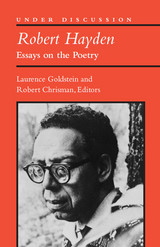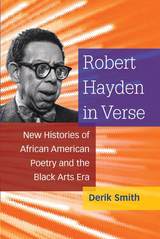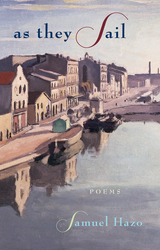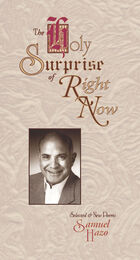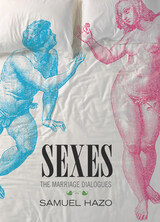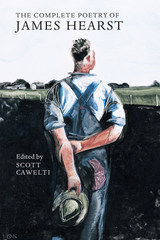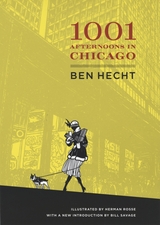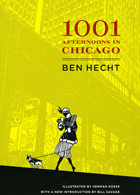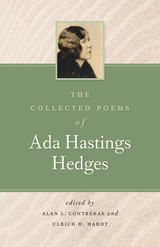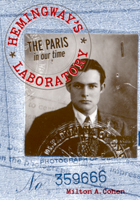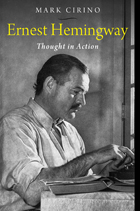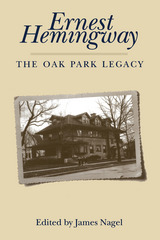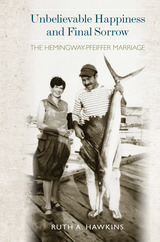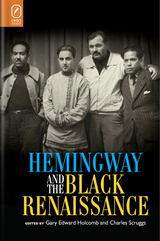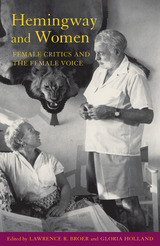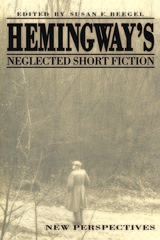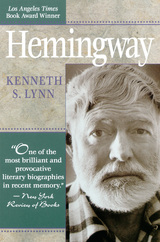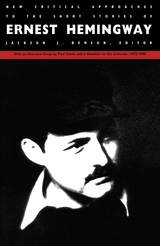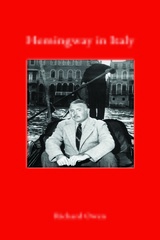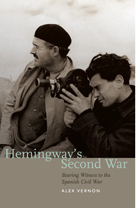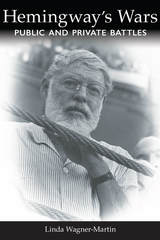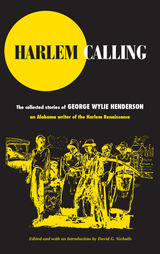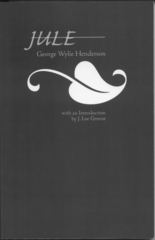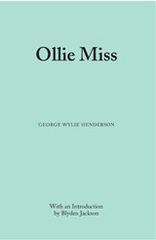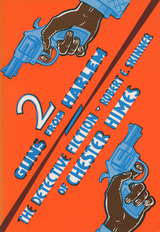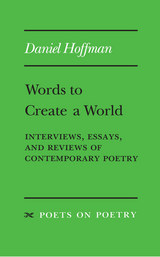Cloth: 978-0-8142-1177-9 | eISBN: 978-0-8142-7043-1 | Paper: 978-0-8142-5238-3
Library of Congress Classification PS3515.E37Z61776 2012
Dewey Decimal Classification 813.52
Hemingway and the Black Renaissance, edited by Gary Edward Holcomb and Charles Scruggs, explores a conspicuously overlooked topic: Hemingway’s wide-ranging influence on writers from the Harlem Renaissance to the present day. An observable who’s who of black writers—Ralph Ellison, James Baldwin, Langston Hughes, Claude McKay, Wallace Thurman, Chester Himes, Alex la Guma, Derek Walcott, Gayl Jones, and more—cite Hemingway as a vital influence. This inspiration extends from style, Hemingway’s minimalist art, to themes of isolation and loneliness, the dilemma of the expatriate, and the terrifying experience of living in a time of war. The relationship, nevertheless, was not unilateral, as in the case of Jean Toomer’s 1923 hybrid, short-story cycle Cane, which influenced Hemingway’s collage-like 1925 In Our Time.
See other books on: 1899-1961 | African American authors | Harlem Renaissance | Hemingway | Hemingway, Ernest
See other titles from The Ohio State University Press

